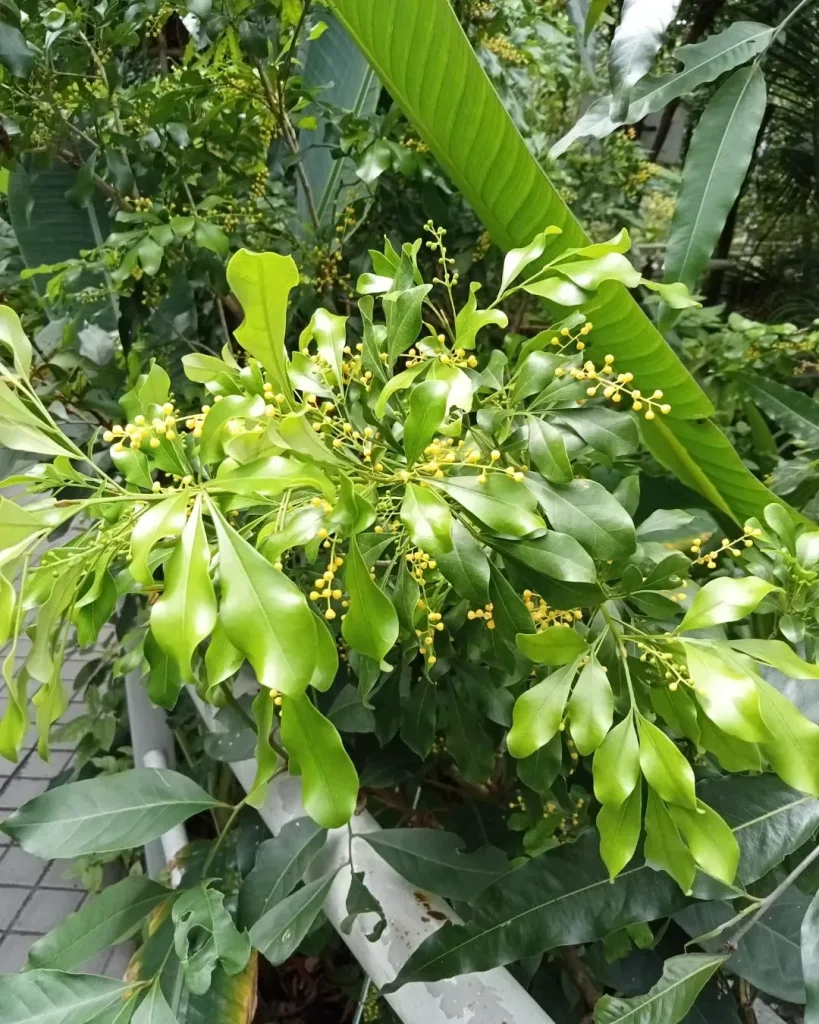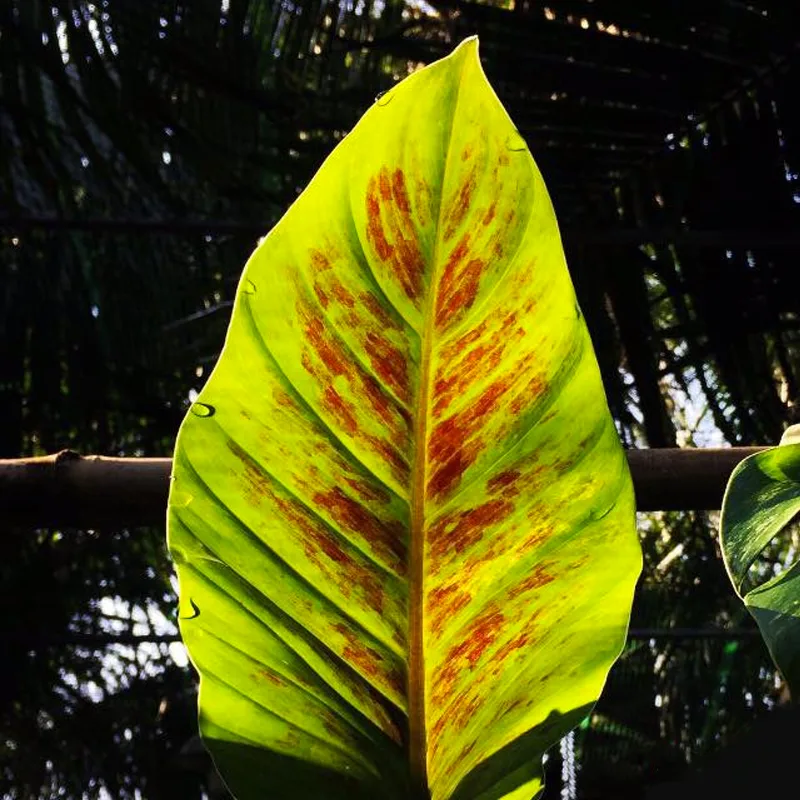My Love Affair with Amsonia: A Blue Star is Born
As a plant enthusiast, I’m always on the lookout for unique and captivating additions to my garden. A few years back, I stumbled upon a genus that completely stole my heart: Amsonia from the Apocynaceae family. These hardy perennials, commonly known as bluestars, possess an understated elegance that truly shines in any landscape. Their delicate, star-shaped flowers in shades of vibrant blue are a sight to behold, and their graceful foliage provides visual interest throughout the growing season.
Why I Adore Amsonia
What’s not to love? Amsonia offers a winning combination of beauty, resilience, and low-maintenance care. These plants are remarkably adaptable, thriving in a variety of conditions. Whether you have full sun or partial shade, dry soil or moist, there’s likely an Amsonia species that will happily make itself at home in your garden.
But it’s not just their hardiness that appeals to me. Amsonia boasts a unique charm throughout its growth cycle. In spring, the plants emerge with fresh green foliage, often with a reddish tinge. Come late spring and early summer, they burst into bloom with clusters of those mesmerizing blue flowers. And as if that wasn’t enough, many species offer stunning fall foliage, transforming into shades of gold and russet. It’s like having three seasons of beauty packed into one plant!
A Diverse Family
The Amsonia genus is surprisingly diverse, with around 17 recognized species. Each has its own unique characteristics and charm. Here are:
- Amsonia arenaria Standl.
- Amsonia ciliata Walter
- Amsonia elliptica (Thunb.) Roem. & Schult.
- Amsonia fugatei S.P.McLaughlin
- Amsonia grandiflora Alexander
- Amsonia hubrichtii Woodson Plant FAQs: Amsonia Hubrichtii
- Amsonia jonesii Woodson
- Amsonia kearneyana Woodson
- Amsonia longiflora Torr.
- Amsonia ludoviciana Small
- Amsonia orientalis Decne.
- Amsonia palmeri A.Gray
- Amsonia peeblesii Woodson
- Amsonia rigida Shuttlew. ex Small
- Amsonia tabernaemontana Walter Plant FAQs: Amsonia Tabernaemontana
- Amsonia tharpii Woodson
- Amsonia tomentosa Torr. & Frém.
Amsonia in My Garden
In my own garden, I’ve found Amsonia to be incredibly versatile. I’ve planted them in borders, where they provide a lovely contrast to bolder blooms. They also work beautifully in mass plantings, creating a sea of blue that’s simply breathtaking. And because they’re relatively compact and well-behaved, they even shine in container gardens.
One of my favorite ways to use Amsonia is to pair it with other perennials that bloom around the same time. I find they look particularly stunning alongside Baptisia (false indigo), with its contrasting purple hues, or with the airy grace of ornamental grasses.
Easy Does It: Caring for Amsonia
One of the things I appreciate most about Amsonia is that it requires minimal care. Once established, these plants are quite drought tolerant. They also have few pest or disease problems. Essentially, you can plant them and enjoy their beauty without a lot of fuss.
Of course, like any plant, Amsonia benefits from a little attention. Here are a few tips for keeping your plants happy and healthy:
- Provide well-drained soil: While Amsonia can tolerate some moisture, it doesn’t like to sit in soggy conditions.
- Mulch around the base of the plants: This helps to retain moisture and suppress weeds.
- Deadhead spent flowers: This encourages bushier growth and can sometimes promote a second flush of blooms.
- Divide clumps every few years: This helps to maintain plant vigor and prevent overcrowding.
A Plant with Purpose
Beyond its ornamental value, Amsonia also plays a valuable role in the ecosystem. The flowers are a good source of nectar for pollinators, including bees and butterflies. And because the plants are deer resistant, they provide a safe haven for these beneficial insects.
A Growing Passion
My appreciation for Amsonia has only deepened over time. The more I learn about these plants, the more I admire their resilience, their beauty, and their ecological value. If you’re looking for a low-maintenance, high-impact addition to your garden, I wholeheartedly recommend giving Amsonia a try. You might just find yourself falling in love, too.
If i die, water my plants!



